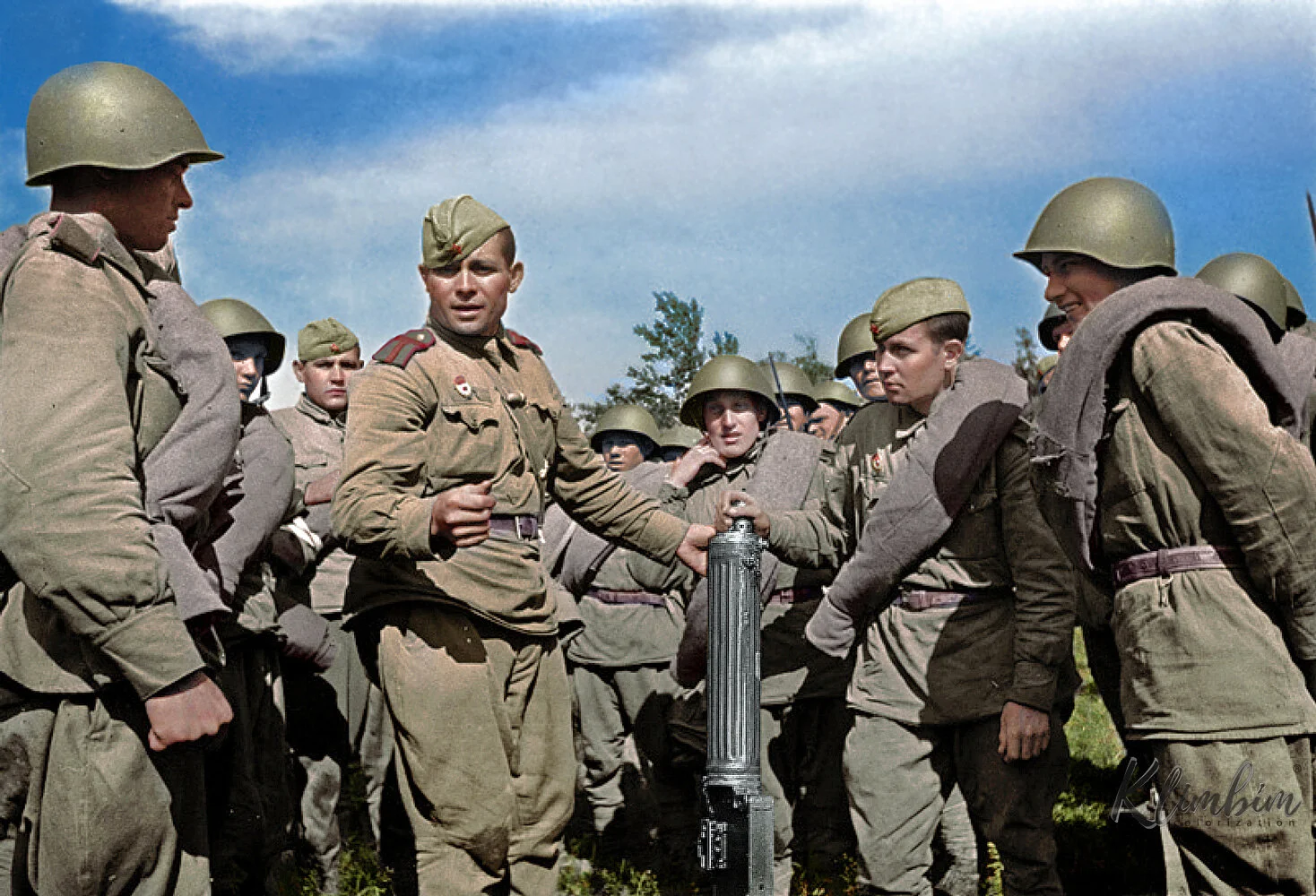It's finally published, the second part of my paper "The Logistics of the Combined-Arms Army".
The first part was published in volume 31 issue 4 "Logistics of the Combined-Arms Army — Motor Transport" and examined the motor transport available to the Red Army from both the economic perspective and then from the army level one. It aimed to show that transport was in very short supply in the Red Army and that Soviet industry and agriculture made a huge contribution to providing it in the early war years. In the second half of the war, when stocks had been exhausted, supply was taken up by Lend Lease. However it is important to note that while the fleet of motor vehicles expanded during the war, the army expanded far more and so the overall level of motorisation fell. You can read the article here:
or the Agreed Text version is available on this blog website:
Logistics of the Combined-Arms Army — Motor Transport — History of Military Logistics
The second part of the paper looks at how this motor fleet was used in operations and how it integrated with the other forms of transport, railways and horses. The picture that emerges for the most common type of Soviet army, the combined-arms army, is that the scale of motor transport only grew in relation to the amount of artillery and anti-tank artillery. Transport for men and supplies remained the same and was very tight, so much so that during an offensive a combined-arms army would either supply itself or attack but not at the same time. This meant that offensives were time and distance limited, unless extra supplies were captured or the railways restored more quickly. This limitation had to be taken into account by the high command which would need to schedule further offensives to maintain the momentum. Also this knowledge allows us to assess individual offensives and when we see a combined-arms army marching beyond 150km from its start line, we need to question how this was achieved.
You can the read the article here:
and as usual I shall publish the Agreed Text on this blog website about six months after publication. In the meantime, I have a limited number of 'free' reads so drop me a line if you do not have academic access to this journal.

